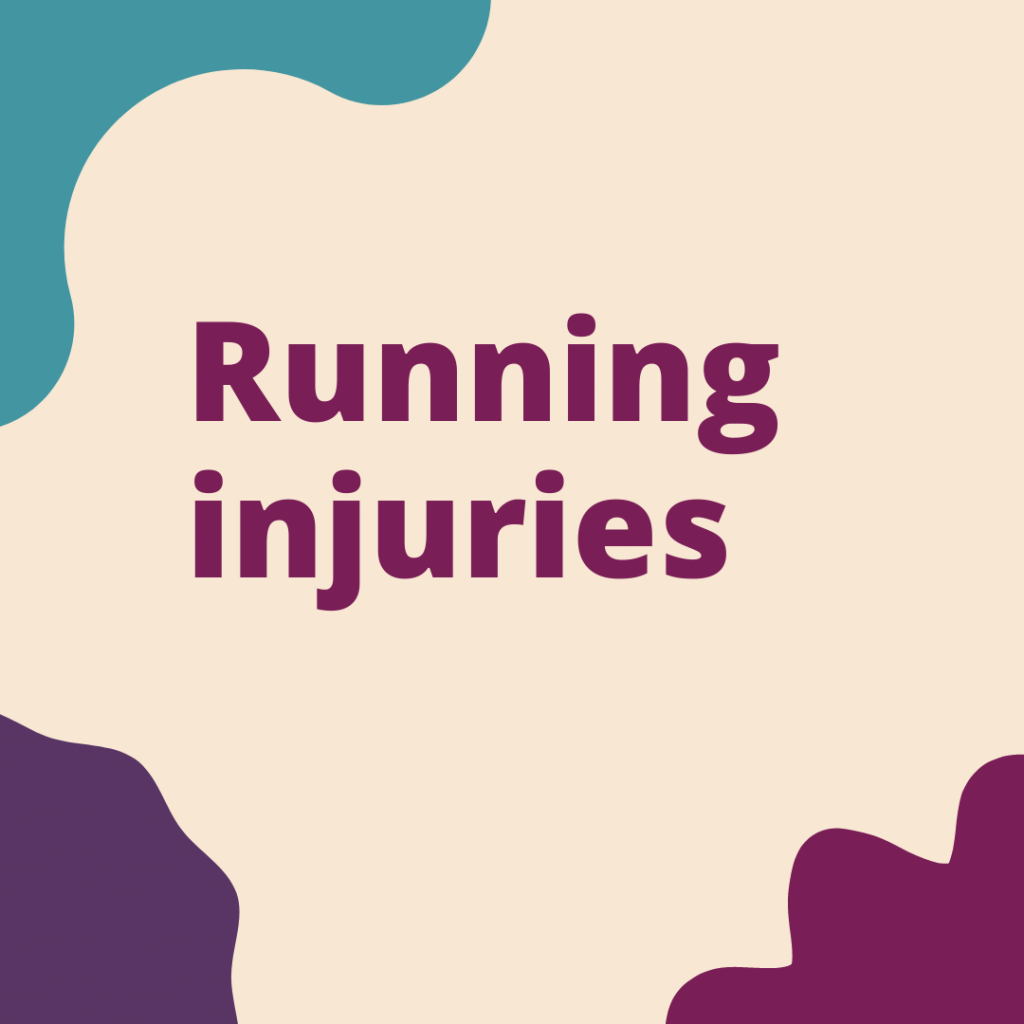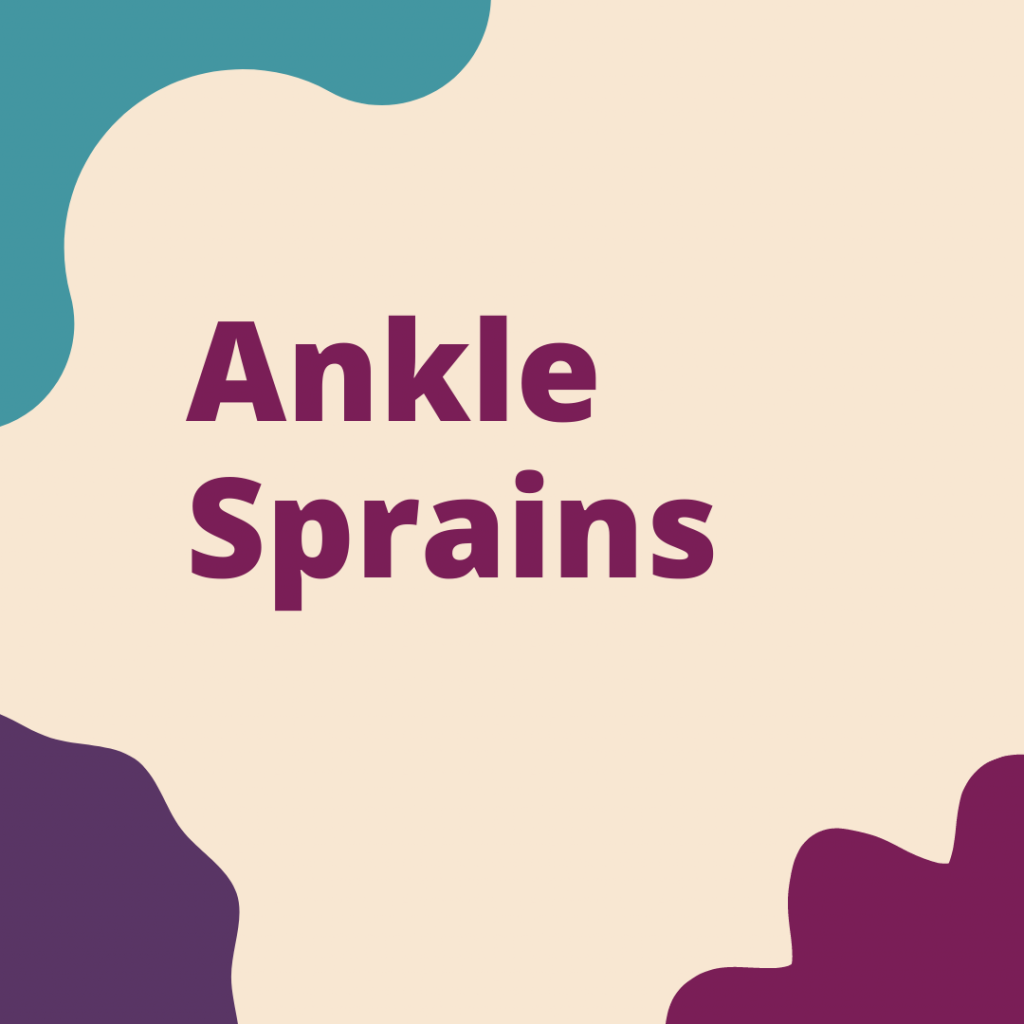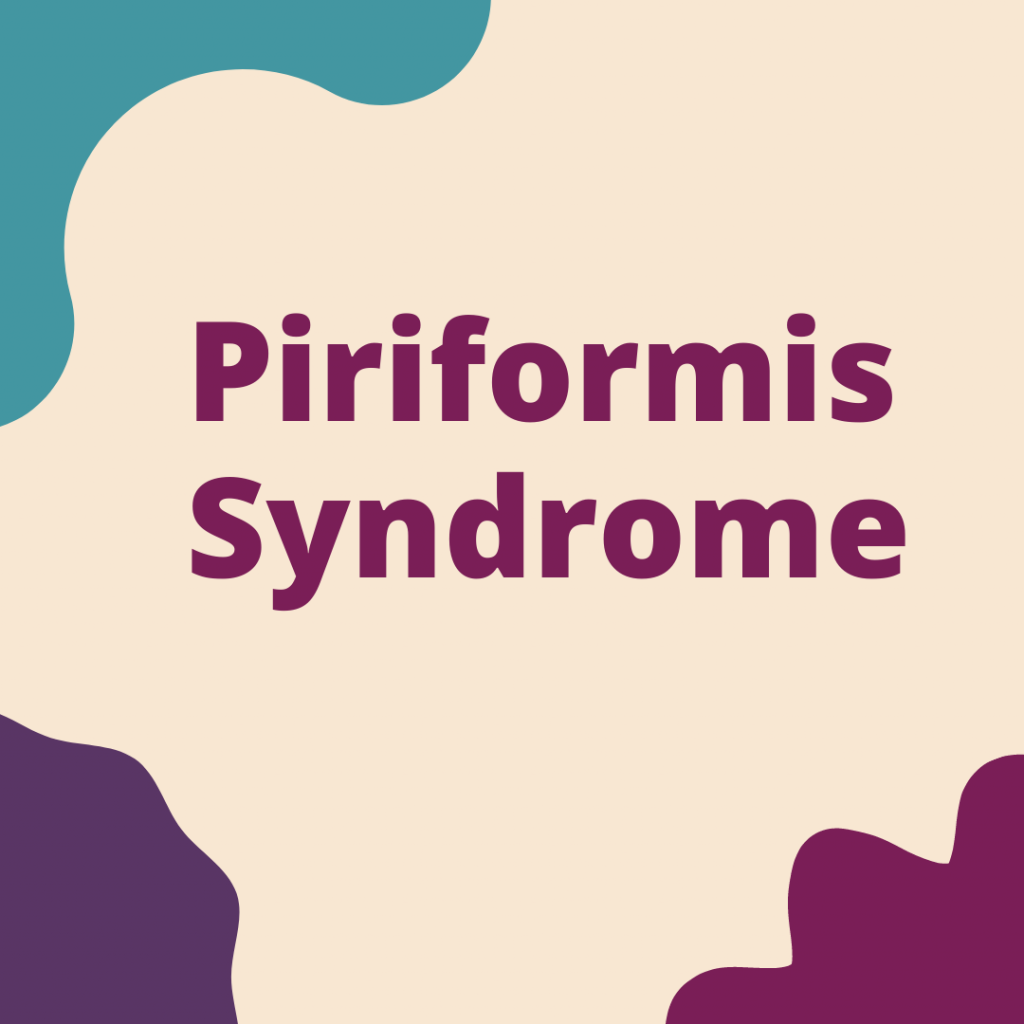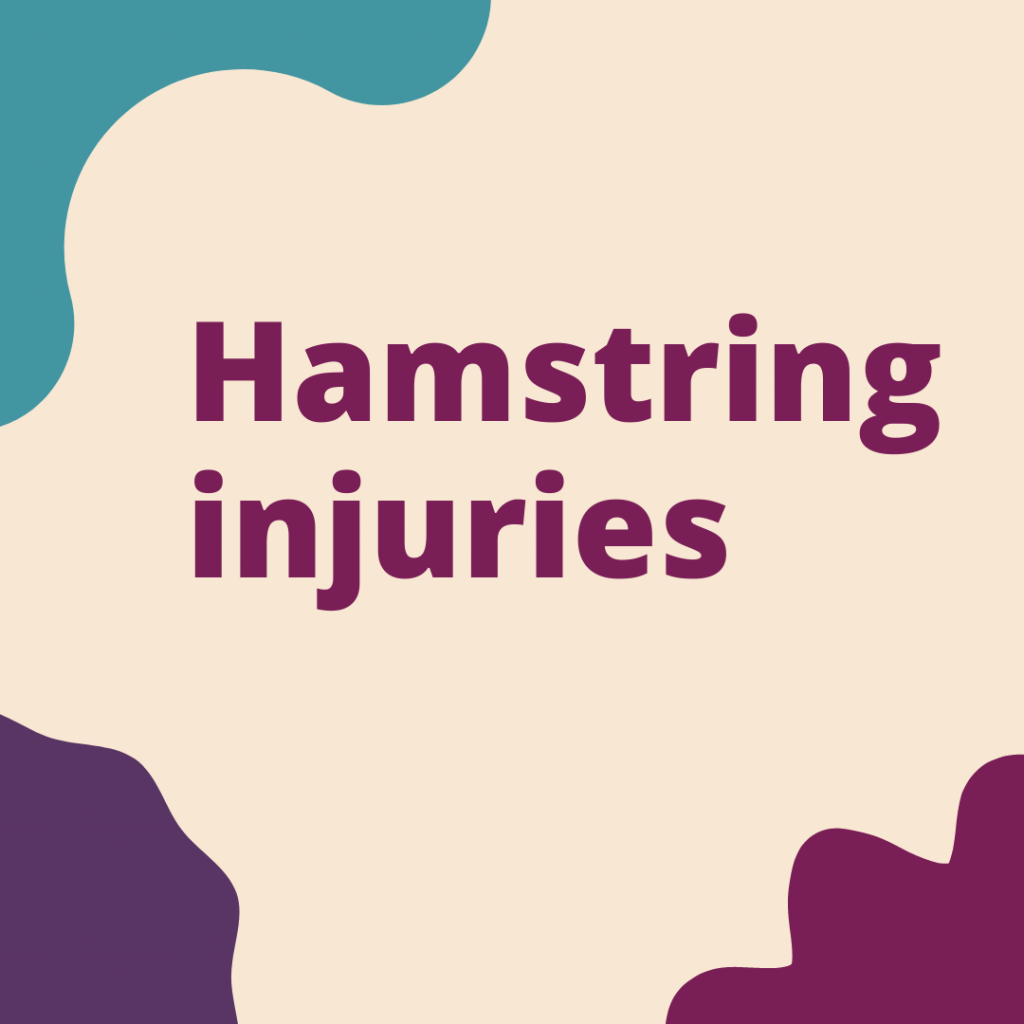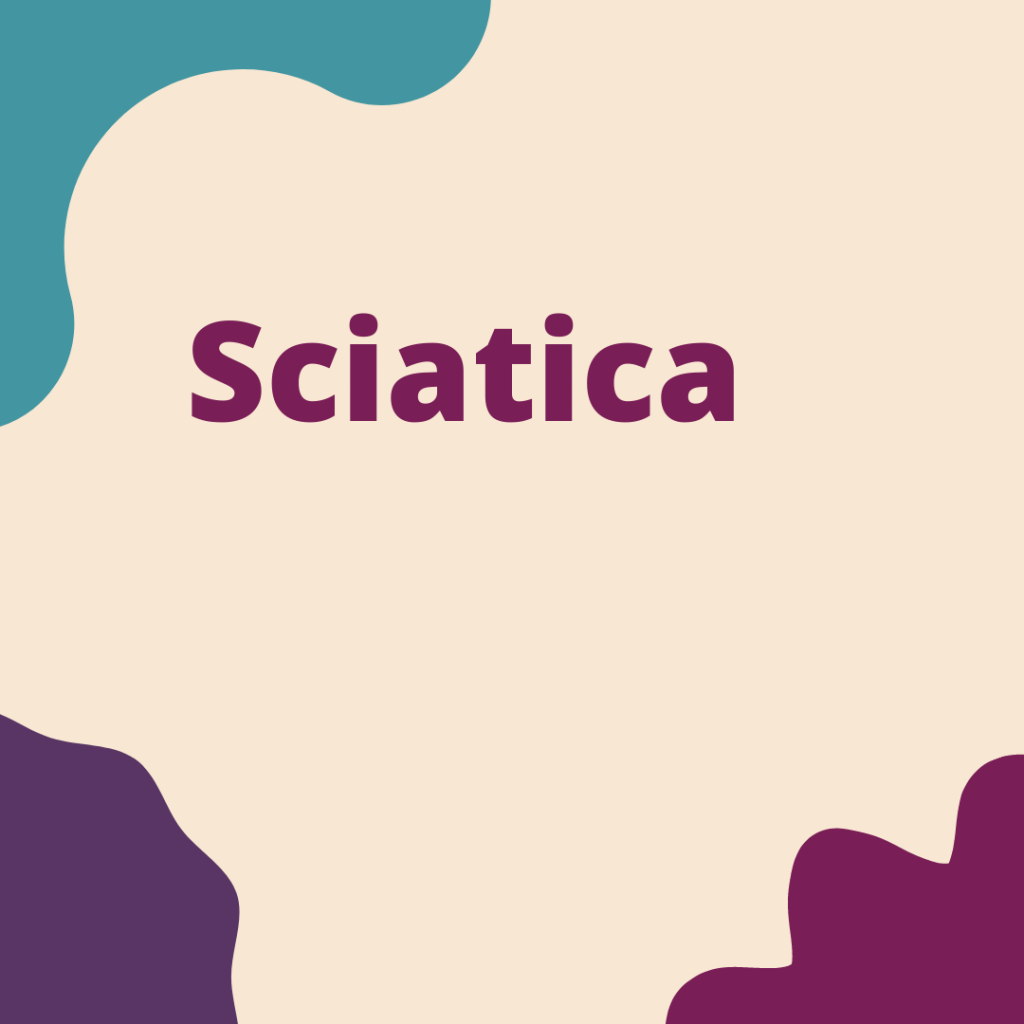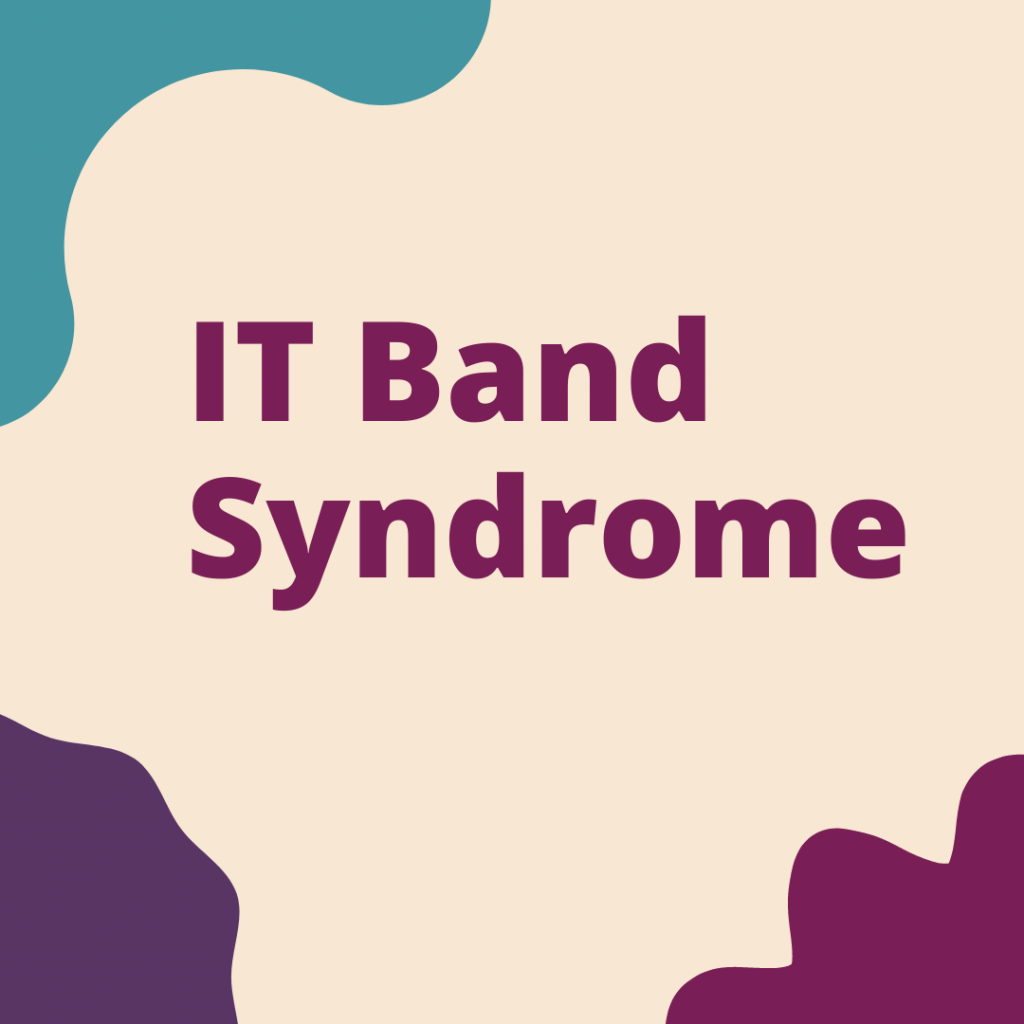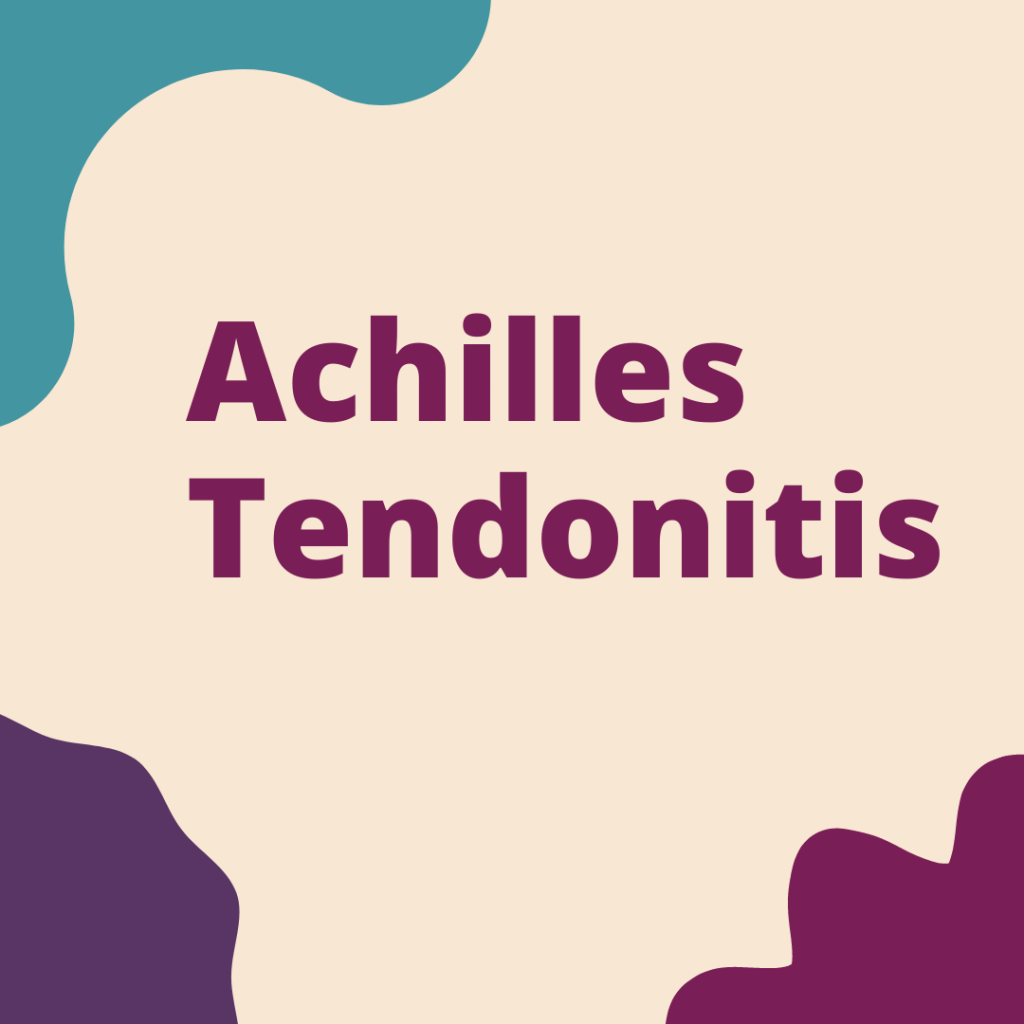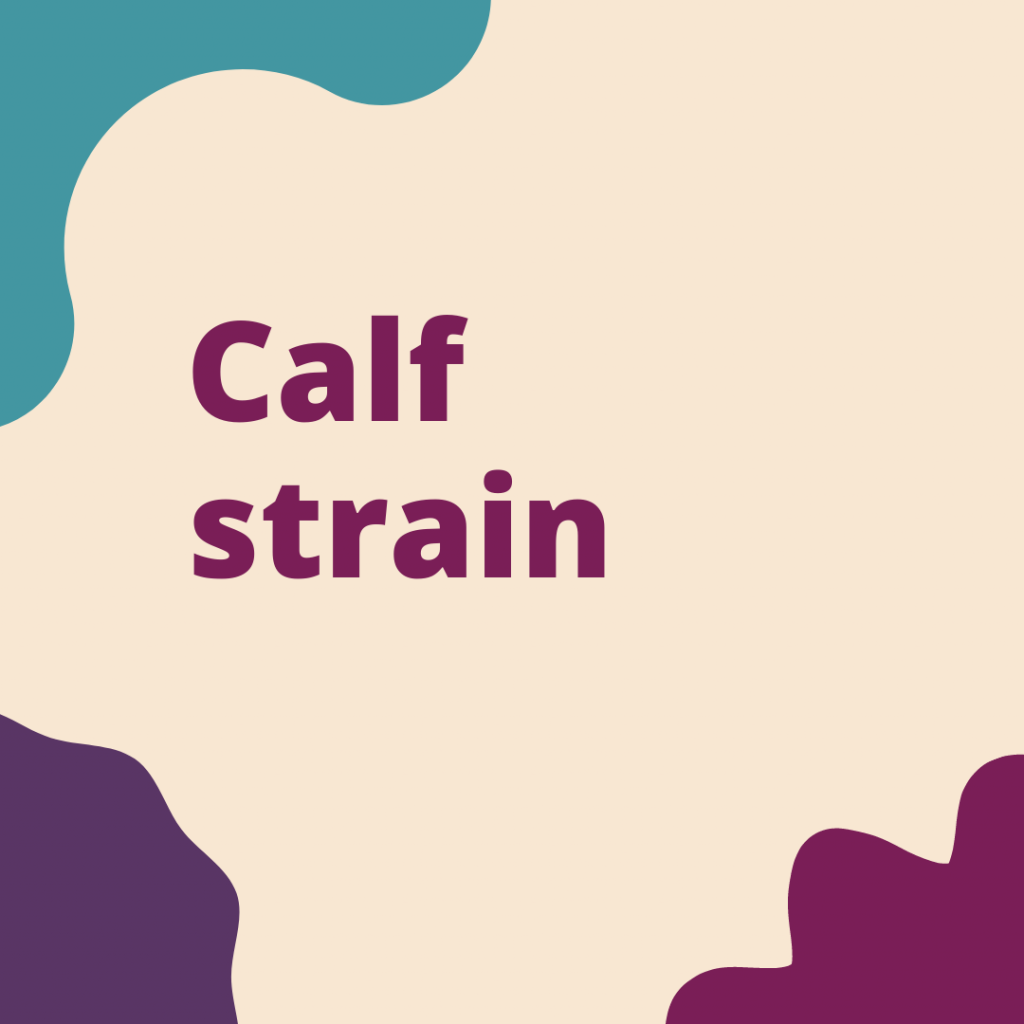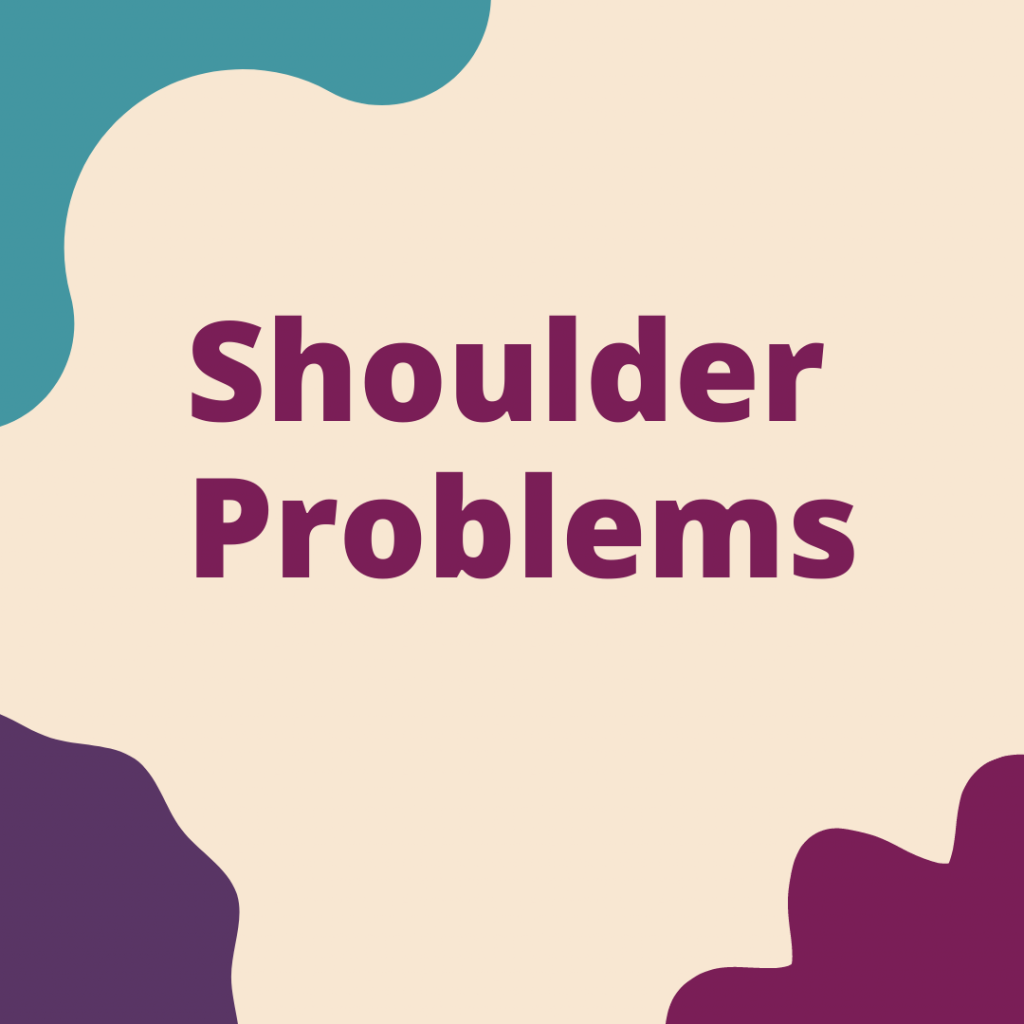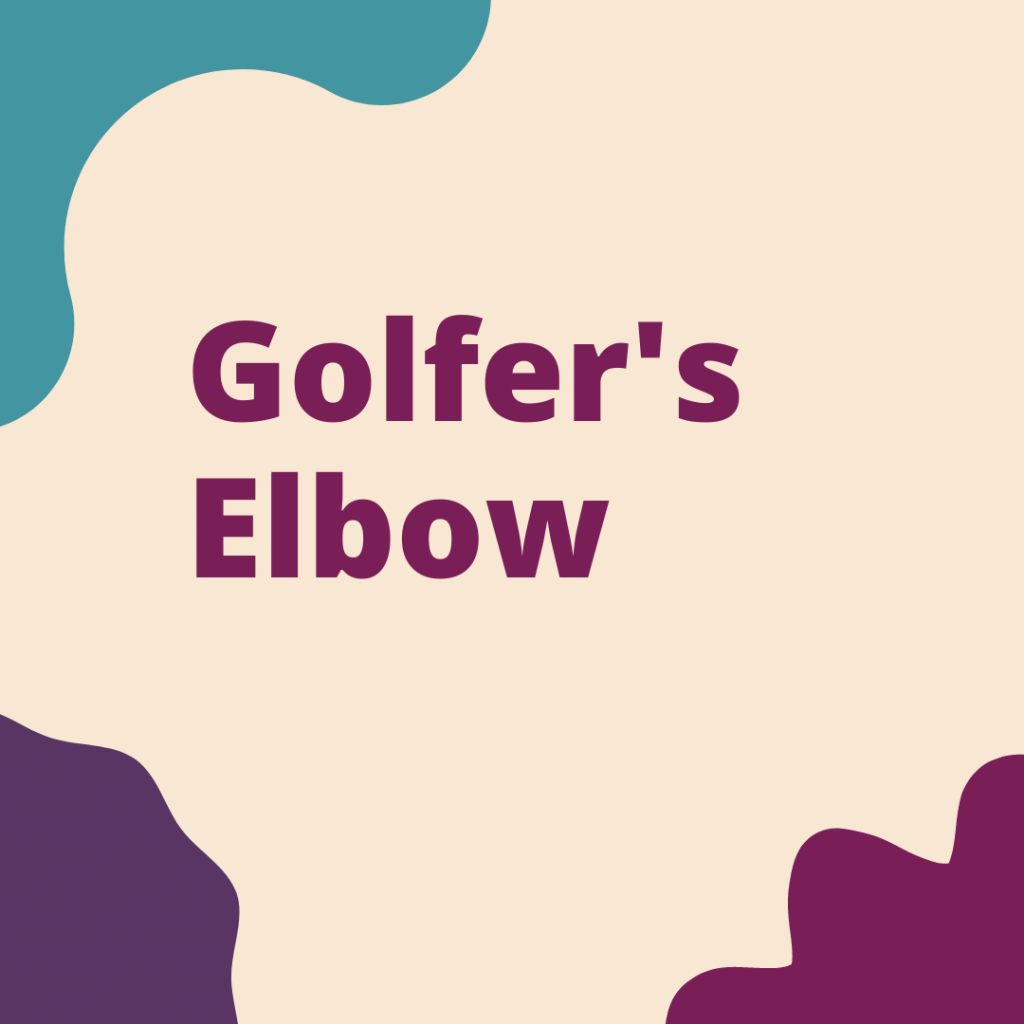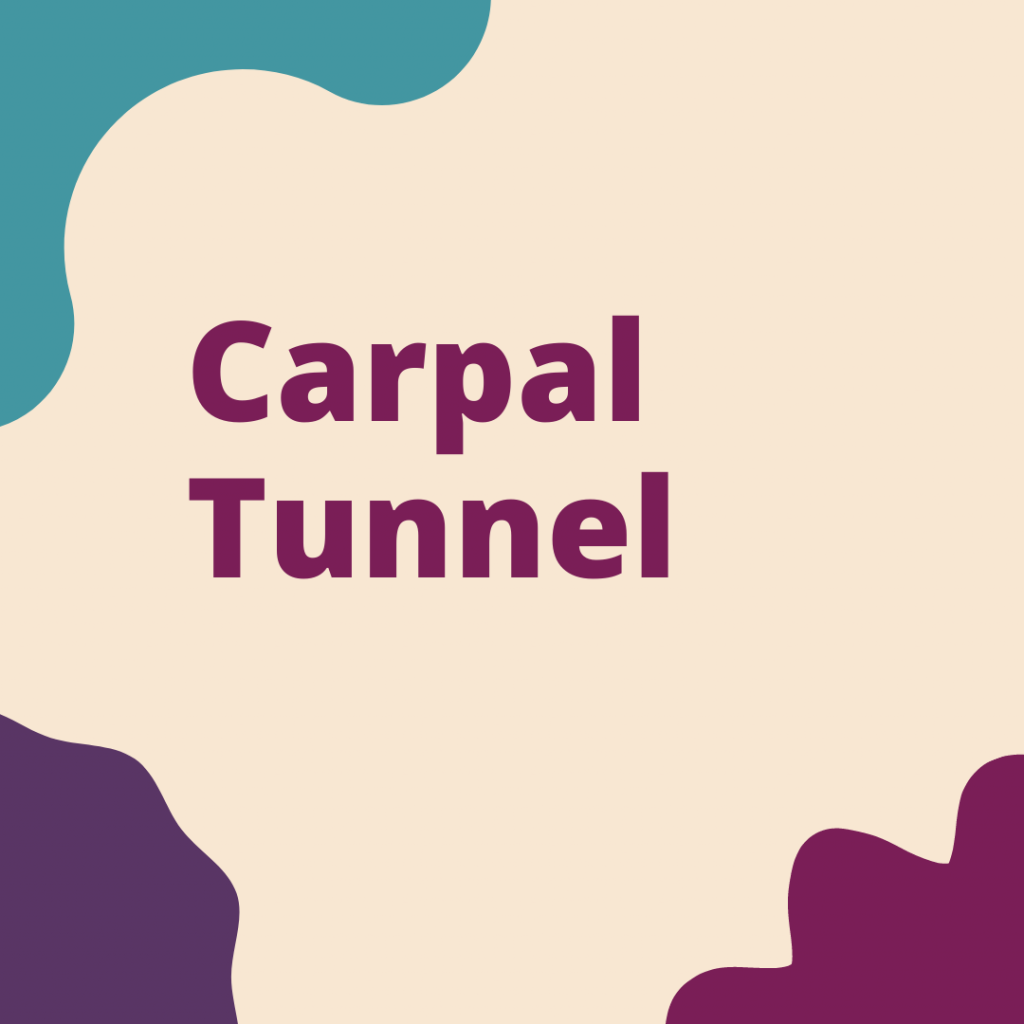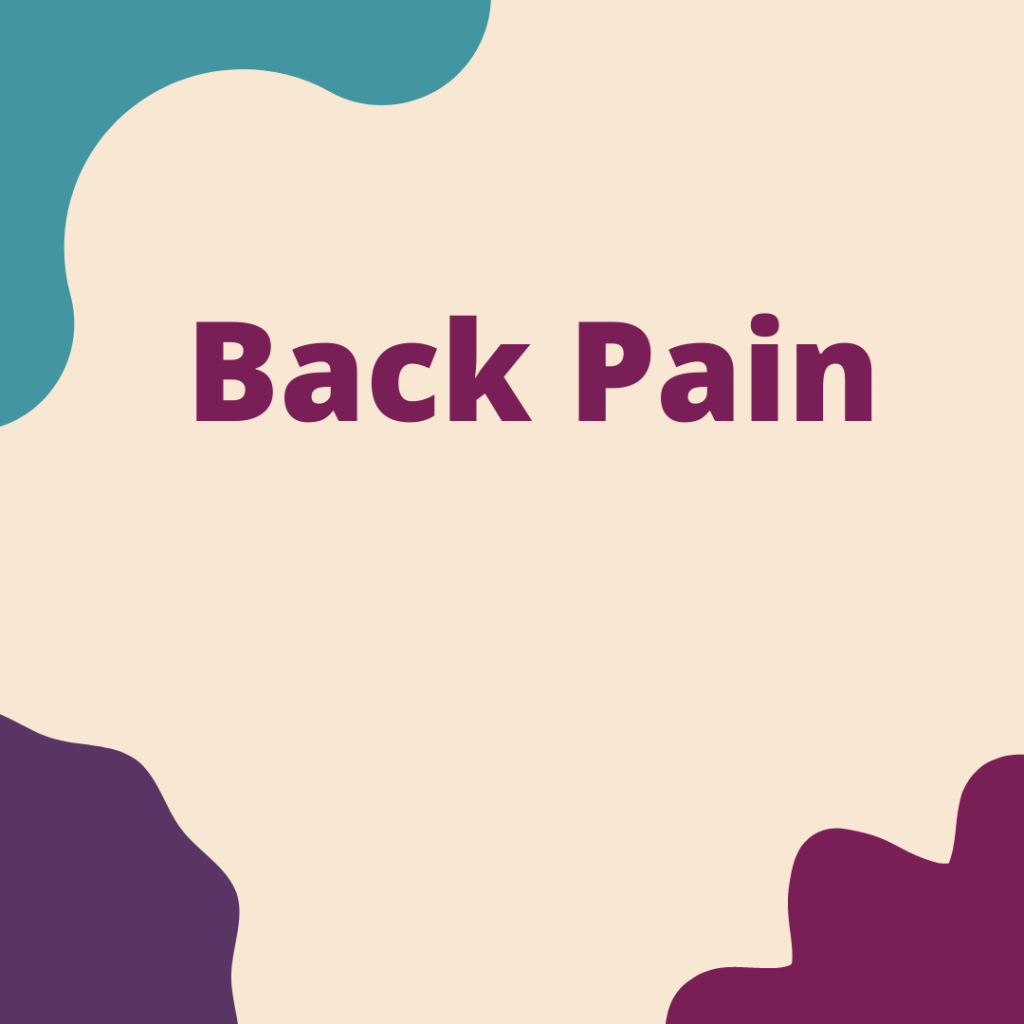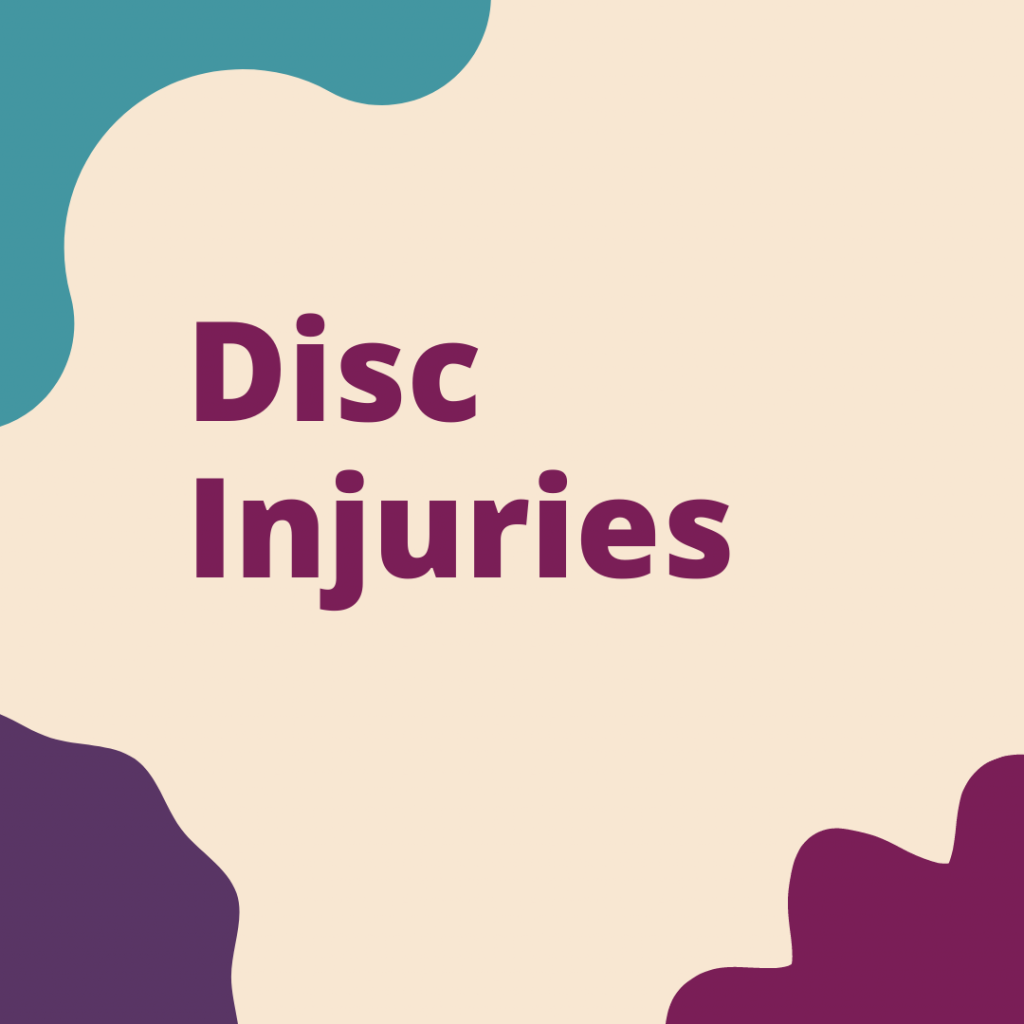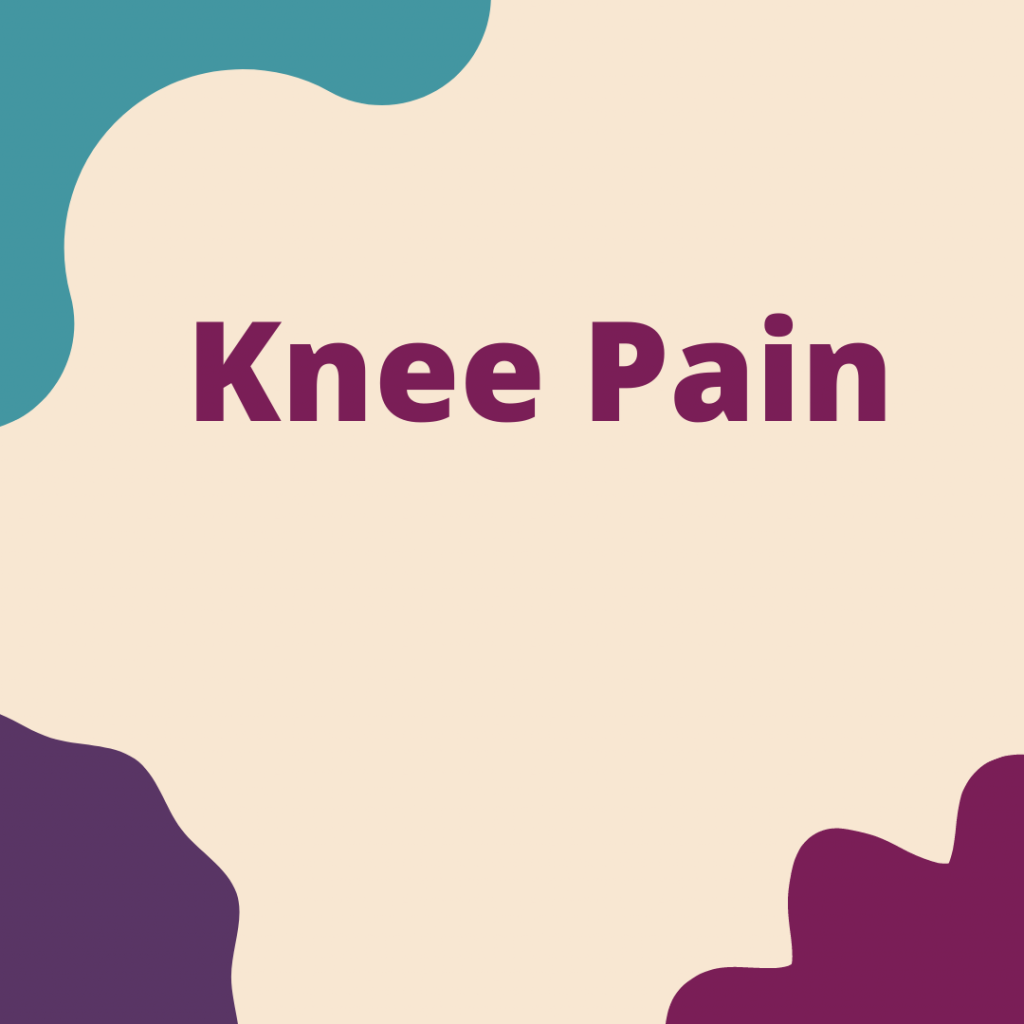Sciatica Treatment
What is sciatica?
You may be feeling confused, irritated, or frustrated with your diagnosis, and guess what? Your feelings are justified! Very often, a patient will walk in my door and tell me they were diagnosed by their medical doctor with sciatica, and were told to just rest until it goes away! Either that, or they were prescribed pain medications!
The word “sciatica” is nothing more than a cluster of symptoms. It is not a precise definition of your problem. It does not provide you with any new information! If you have low back pain, nerve pain that travels down your leg, and/or tingling and numbness in your leg, you have sciatica. True sciatica is caused by irritation to the sciatic nerve where it originates from nerve roots in the lumbar spine (low back). Any other irritation along the length of the nerve, even though it might mimic the symptoms of sciatica, is not true sciatica!
If I walked into my kitchen one morning and stepped in a puddle of water, looked around, and noticed the entire floor was wet, bubbling up, and debris was floating around, I’d call that a mess. But defining this scenario as a mess doesn’t get me any closer to knowing how to fix it (or prevent it from happening again). Sure, I can mop up the water and sweep up the debris (erase the symptoms), but I need to play detective to find the cause of the mess. Has the dishwasher sprung a leak? Does the ceiling have a hole in it? Did the washer overflow? A sane person wouldn’t spend money to try to fix their dishwasher, if there were an obvious hole in the ceiling or roof! Similarly, it doesn’t make sense to jump to conclusions that the cause of your sciatica is a disc problem in your low back. It’s difficult to prescribe the correct treatment if we’ve failed to obtain an accurate diagnosis via orthopedic exam, palpation, and diagnostic imaging (if indicated during the exam). The most common causes of sciatica are as follows:
1. Disc herniation or bulge (usually due to micro trauma that accumulates causing a weak area prone to damage from a stressful event (a heavy lift, a strong sneeze, a quick turn). The “squishy” material in the center of the disc gets squeezed towards the back of the disc, where it comes in close contact with the nerve roots.)
2. Piriformis syndrome (through repetitive motion or overuse, our overly tight hip flexors reciprocally inhibit (“turn off”) our large gluteus muscles. Since our bodies are so amazing in their ability to adapt to change, the smaller and less efficient muscles in the area (such as the piriformis) take over in an attempt to compensate for the actions the glutes are supposed to perform (one of those actions being controlling internal/external rotation of the hip). With this new abnormal and excessive motion, the smaller muscles build up excess tension, friction, and pressure. This creates a hypoxic condition, meaning that those muscles receive less than normal blood flow, which causes inflammation and adhesions to develop. It’s those adhesions that limit movement, cause pain, and cause irritation to the sciatic nerve, because guess what, that nerve runs directly under (and in some cases through) the piriformis muscle!
3. Gemellus syndrome (the lesser known sister of piriformis syndrome, the superior gemellus is a small muscle that rotates the hip. It may become inflamed and develop adhesions for the same reasons that the piriformis muscle does, and cause similar irritation to the sciatic nerve).
4. Entrapment in the high hamstrings (this syndrome doesn’t even get a name of it’s own, but it is a possible entrapment site of the nerve. Same principle applies here, muscles get overused or overworked, biomechanics are thrown off, wrong muscles kick in to help us get from point A to point B, and inflammation and adhesions develop in those muscles, causing irritation to the nerve.
5. Entrapment between adductor magnus and hamstrings (again, no special name is given to this syndrome, but same idea as in #2-#4 above.
6. Spinal stenosis (a narrowing of the central spinal canal due to degenerative changes, an anteriorly-slipped vertebrae, or disc material impinging on the canal).
7. Pregnancy (the weight of the fetus can put pressure on the sciatic nerve, and the symptoms usually resolve once the baby is born).
8. Other (tumors pressing directly on the spinal cord, or direct trauma to the spine such as falling from a horse).
Once we’ve isolated the cause(s) of sciatica, only then should we begin treatment.
Sciatica treatment:
Most causes of sciatica may be treated my manual therapy and/or chiropractic adjustments.
Once the tissues are functional again, they have an increased capacity for load, and that’s what allows you to return to your sports and physical activities without pain or dysfunction. This is also the perfect time to start the physical therapy rehab exercises your Oakland chiropractor assigns you. The exercises are designed to strengthen what’s weak, stretch what’s not moving enough, and stabilize what’s moving too much. Rehab exercise prescriptions vary by patient, but you can count on some focus on the core (abs, hips, glutes), because maintaining a strong, flexible, and stable core will help prevent recurring episodes of sciatica.
If you are tired of suffering with sciatica pain and would like to schedule a free consultation with an Oakland chiropractor, please call (510) 465-2342 or click the button below.

Other Conditions We Treat
What Other People Just Like You Are Saying About Riverstone Chiropractic In Oakland...



